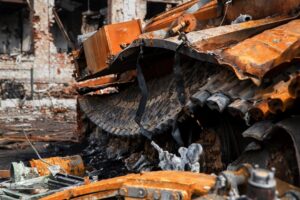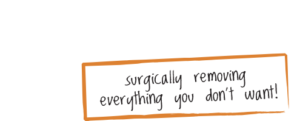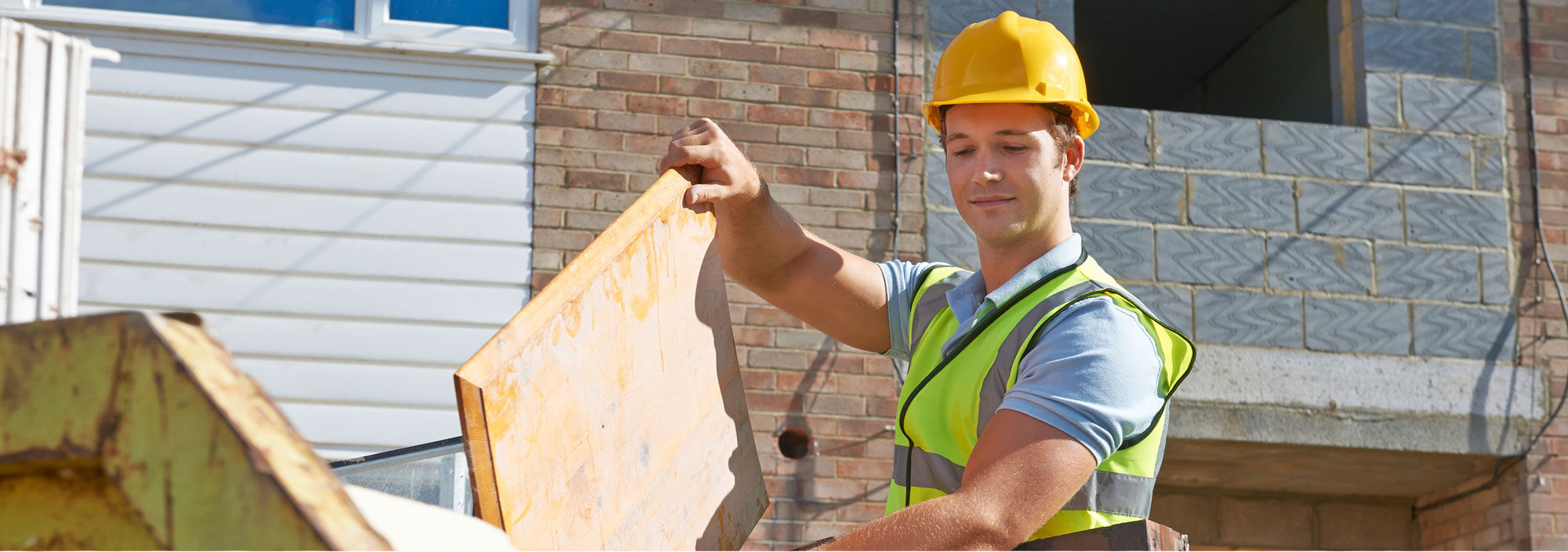Safe Removal of Flood-Damaged Junk: Essential Steps

Floods can cause significant damage to our homes, leaving behind a trail of destruction that includes waterlogged furniture, appliances, and various other household items. When faced with the task of cleaning up after a flood, it’s important to know how to handle damaged items properly to ensure safety and efficiency. Our goal is to guide you through these challenging times by providing clear, simple steps on how to manage and remove flood-damaged junk from your home.
Removing flood-damaged items isn’t just about throwing things away; it involves careful consideration of safety measures to protect yourself and your family, proper sorting of items to determine what can be saved or repurposed, and knowing how to dispose of or recycle materials responsibly. These steps are crucial to restoring your home to a safe and clean environment while minimizing the impact on the larger ecosystem.
We understand that the aftermath of a flood can be overwhelming, but by following a structured approach, you can tackle the cleanup process more effectively. This guide will walk you through identifying damaged items, taking necessary safety precautions, sorting through belongings, and ensuring that disposal and recycling are done correctly.
Assessing the Damage: Identifying Items for Junk Removal
When dealing with flood-damaged junk, the first step is to assess the extent of the damage. It’s essential to inspect each item in your home to determine what can be salvaged and what needs to be removed. Water damage can weaken the structural integrity of many items, making them unsafe to use. Look for signs of mould, mildew, and structural damage, which can indicate that an item is beyond repair.
Once you’ve identified the items that need to be removed, categorize them to streamline the removal process. Separate salvageable items from those that are soggy or contaminated. This assessment helps you understand the scope of the damage and prepare for the next steps in the junk removal process. Thorough inspection ensures that you do not mistakenly discard items that could still be useful or safely repaired.
Safety First: Precautions to Take When Handling Flood-Damaged Items
Handling flood-damaged items can be hazardous, so it’s crucial to take appropriate safety measures. First, ensure you wear protective gear, including gloves, masks, and boots, to protect yourself from contaminants such as bacteria, mould, and hazardous materials that can be present in floodwater. These safety precautions are vital to avoid health risks while dealing with damaged items.
Next, be cautious of electrical hazards. Floodwater can damage electrical appliances and circuits, creating the risk of electric shock. Always turn off the power and unplug electrical devices before handling them. If you’re unsure whether an item is safe to handle, consult a professional. Prioritize your safety and ensure you follow all necessary precautions to prevent accidents during the cleanup process.
Effective Sorting: What Can Be Reused, Recycled, or Disposed Of
After assessing and ensuring safety, it’s time to sort through the flood-damaged items. Effective sorting is vital to make sure each item is properly dealt with. Start by creating three main categories: items to reuse, items to recycle, and items to dispose of.
Items that are still in good condition but got wet can often be salvaged after thorough cleaning and drying. Furniture and some appliances may fall into this category if they haven’t absorbed too much water. Next, consider items for recycling. Many materials such as metals, certain plastics, and glass should be recycled. Separate these items carefully to ensure they make it to the appropriate recycling facilities. Finally, identify items that are too damaged to repair or recycle, like soggy cardboard, soiled carpets, or heavily moulded materials. Such items should be set aside for proper disposal to avoid any health risks.
Steps for Proper Disposal and Recycling of Flood-Damaged Junk
Once sorting is complete, follow specific steps to dispose of or recycle flood-damaged junk properly. For items that can be reused, clean and disinfect them thoroughly before bringing them back into your living spaces. This ensures they are safe and sanitary.
For recyclable items, follow local recycling guidelines. Make use of designated recycling bins and drop-off centres to ensure that the materials are processed appropriately. Pay attention to special requirements for electronic waste and hazardous materials, which often need to be taken to specific facilities.
For items that must be disposed of, contact your local waste management services to learn about bulk waste collection days or special disposal instructions for contaminated materials. Some items, like chemicals or certain electronics, need expert handling to prevent environmental harm. Properly bag and seal damaged or contaminated items to prevent further spread of mould or bacteria until they are collected.
Conclusion
Dealing with flood-damaged junk is no small task, but applying effective sorting and disposal methods can make the process manageable. By carefully assessing the damage, taking necessary safety precautions, and following eco-friendly disposal practices, we can ensure a safer and cleaner environment for ourselves and our communities. These steps not only help in immediate cleanup efforts but also support long-term sustainability by promoting recycling and responsible waste management.
At Dr. Waste, we are committed to helping you manage and dispose of your flood-damaged junk efficiently. Our team of experts ensures responsible junk removal services and recycling practices tailored to your needs. Need assistance with your flood-damaged items? Contact Dr. Waste today for professional and eco-friendly junk removal services.

